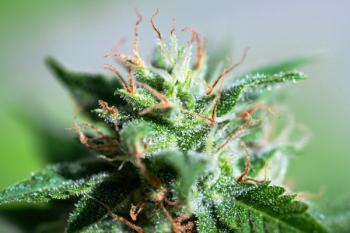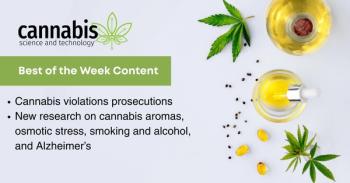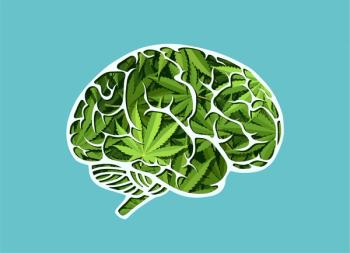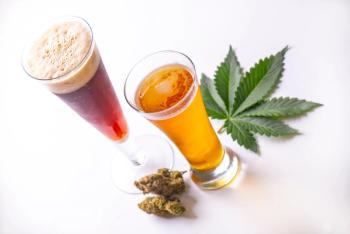
Best of the Week: August 15 – August 21, 2025
Key Takeaways
- Dr. Dustin Sulak's webinar explores cannabinoids' impact on sleep, including sleep apnea and inflammation, building on previous discussions of CBD and insomnia.
- Utah study reveals medical cannabis patients use illicit sources due to supply and cost issues, with state program information reducing this behavior.
Here, we bring you our top four recent articles covering research on cannabinoids and sleep, why enrolled patients turn to illegal cannabis, using spent hemp biomass as livestock feed, and testing cannabinoids on breath after ingesting edibles.
Let’s dive into the top stories shaping the conversation this week. Summaries of each article are listed below.
1.
On August 13, 2025, Dustin Sulak, an osteopathic general practitioner, presented the latest installment of the monthly webinar series that began in 2018. This month’s webinar focused on cannabinoids for sleep, sleep apnea, and the potential effect of inflammation.
In the second part of this webinar coverage, Dustin Sulak, DO, explains recent research and studies on cannabinoids and their effect on sleep and conditions affecting sleep. The first part of this webinar had covered CBD and insomnia, various cannabinoids and subthreshold insomnia, and an oral gel for temporomandibular disorders and migraine.
2.
A recently published study aimed to understand the reasons why medical cannabis (MC) patients enrolled in Utah’s medical cannabis program have used illicit medical cannabis (IMC) for their conditions. The researchers analyzed data from 211 participants who had been enrolled in the state’s medical cannabis program less than six months and who had been diagnosed with chronic pain, post-traumatic stress disorder (PTSD), and/or cancer.
“Our findings suggest that barriers related to MC supply and cost may contribute to IMC use, while reliance on state program information appears to protect against this behavior,” the researchers stated. “Additional factors, such as enrollment barriers and public perception may be influential in participants’ decision-making processes.”
3.
Researchers with Oregon State University (OSU) tested the accumulation of cannabinoids in cows when given hemp in their feed, finding that the cannabinoids became undetectable over time. The study involved 18 Jersey cows, and for the first 28 days, nine of the cows were fed a diet containing 13% SHB and the other nine were fed a control diet with 13% alfalfa pellets. A four-week withdrawal period followed, in which all 18 cows were fed the control diet.
Though industrial hemp has been legal to grow since 2018, the Food and Drug Administration (FDA) does not currently allow its addition in livestock feed, explained a June 26, 2025, news release from OSU.
4.
Researchers at the National Institute of Standards and Technology (NIST) investigated a way to test for the presence of cannabinoids on a person’s breath after consuming edibles. The researchers measured the amount of THC and other cannabinoids on participants’ breaths, with results demonstrating an increase in THC concentration from baseline samples.
“This study supports the idea that multiple breath measurements over a period of time could be a way to use a breathalyzer to detect cannabis use, regardless of how it’s ingested,” explained Tara Lovestead, a NIST chemical engineer. “However, devices will still need standards to ensure that they are accurate and used correctly, standards that don’t yet exist.”
Newsletter
Unlock the latest breakthroughs in cannabis science—subscribe now to get expert insights, research, and industry updates delivered to your inbox.





